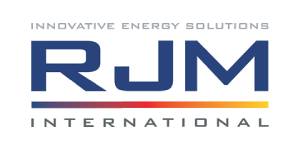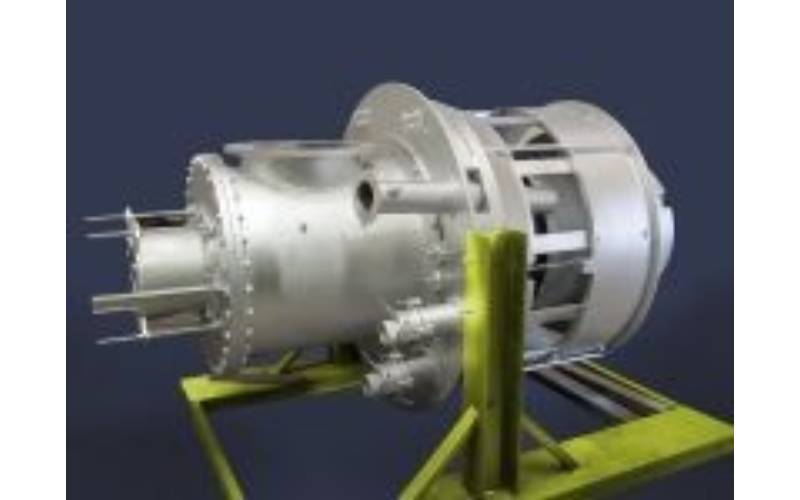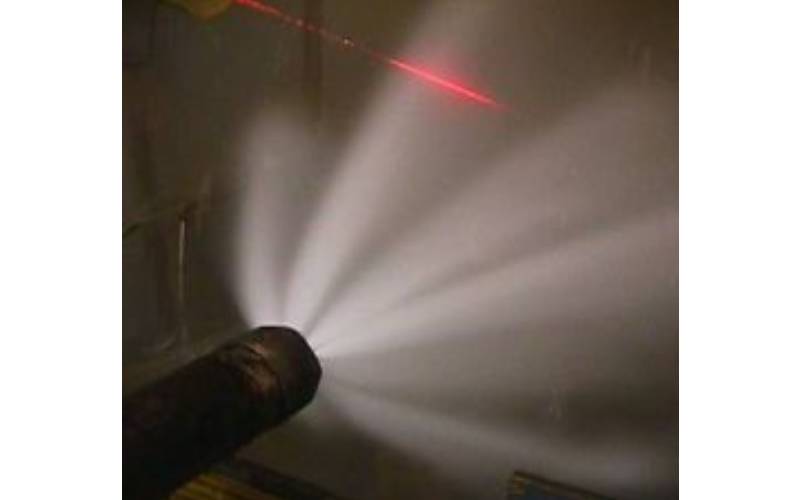RJM INTERNATIONAL
INNOVATIVE ENERGY SOLUTIONS

RJM International is a specialist, award-winning provider of a range of innovative and technologically-sophisticated products and services aimed at supporting the power and industrial plant sectors.
Working with some of the world’s leading utility supply companies and owners of other large combustion plant, RJM helps them to operate as efficiently and as cost-effectively as possible, whilst also enabling them to meet the latest emissions regulations governing SOx, NOx, particulates and carbon.
Ultra-Low NOx burners
RJM’s engineering team has been at the forefront of designing, developing, manufacturing and installing its own range of innovative, high-performance low NOx burners and components for over 30 years. RJM’s innovations have been recognised through a number of industry awards, most recently the UK government’s Queen’s Award for Enterprise: Innovation 2017. Read More!
Most projects at customer sites today still involve a signifcant low NOx element. Read More!
The company has recently developed a new range of Ultra-Low NOx Burners and they are enabling customers, who include many of the world’s leading power generators, to meet the latest emissions regulations and maintain operational flexibility, without having to invest in costly SCR or SNCR systems.
Ultra-Low NOx Oil Burners
RJM has also optimised a range of Ultra-Low NOx oil burners that perform reliably and meet the latest emissions regulations. Much of the detailed testing and refining took place on the International Flame Research Federation test rig at its laboratory in Pisa. Today, RJM Ultra-Low NOx oil burners are fitted to power stations all over the world, including AES Kilroot in Northern Ireland.
Ultra-Low NOx Gas Burners
RJM has installed its Ultra-Low NOx gas burners at power stations across the USA and in Europe enabling them to become NOx compliant. At Essent’s Clauscentrale power station in the Netherlands, RJM brought NOx levels down from 400 Mg/Nm3 to below 100mg/Nm3. Read the full article here.
Ultra-Low NOx Biomass Burners
RJM has proven its ultra-low NOx biomass burner design on the burner test facilities of a major generator and has been developing its own CFD code to replicate more precisely the combustion characteristics of biomass matter. The findings from RJM’s own CFD-based research, combined with the lastest physics available, are now being applied to fine-tune RJM’s biomass burner design for co-firing and full biomass conversion applications. RJM’s range of biomass-configured burners are now available to order.
Overfire Air Systems
Overfire air (OFA) systems or boosted overfire air systems (BOFA) are a common feature on many of today’s fossil-fuelled power stations. Often they were introduced to meet a new level of NOx reduction compliance that could not be achieved through burner modifications alone. In addition, OFA or BOFA provided a low NOx solution that meant the installation of costly selective catalytic reduction (SCR) systems or selective non-catalytic reduction (SNCR) systems to achieve the same result could be avoided.
RJM has considerable experience in installing new OFA and BOFA systems and can deliver incremental NOx reductions of up to 40%, through the implementation of multiple OFA ports, using either forced draft fan pressure air or boosted air delivery systems. RJM’s recent experience in this field is based on fine-tuning existing OFA / BOFA systems, in conjunction with either existing low NOx burners or with new RJM Ultra-Low NOx burners. RJM’s recent NOx reduction programme at SSE Ferrybridge is a good example of how critical it was to get the BOFA system operating effectively to ensure the plant could a) meet its new low NOx targets as set out by the Large Comubustion Plant Directive and b) run efficiently with correct boiler and burner dynamics. Read full article here.
Conversely, at another plant in Eastern Europe, following an engineering study that showed its existing OFA systems were in fact not well-suited for the boiler and burning configuration, RJM recommended that the OFA system be removed and that a different technology for NOx control be adopted. Once this had been carried out, the plant reached its emissions targets immediately.
For new OFA or BOFA installations, RJM will design a system to best suit the project objectives. CFD analysis will ensure a properly designed OFA system prior to installation. RJM’s OFA systems are individually designed to suit any make of boiler and combustion system.
RJM’s solution will always endeavour to minimise cost but maximise NOx reduction, whilst maintaining zero or limited impact on carbon carryover and boiler efficiency. The final configuration will be dependent on many factors, including OFA jet penetration to ensure burnout of combustibles, the physical space available around the boiler, access to the OFA locations, the fan and windbox air pressures available, constraints on furnace CO concentrations and excess oxygen limitations.
Using our bespoke CFD modelling service together with our highly experienced team of combustion specialists, RJM is able to design, manufacture and install new OFA and BOFA systems or modify and optimise existing systems and has a number of satisfied clients and reference sites where this has been done.
CFD Modelling
CFD modelling (Computational Fluid Dynamics) is one of the main methodologies used by RJM to accurately measure and define the combustion process dynamics which take place within coal, oil, gas and biomass-fired boilers and furnaces.
CFD modelling is typically used in conjunction with a physical site survey to provide actual plant performance, so that a baseline model can be established within the CFD model that replicates existing unit performance as its starting point. The site survey also serves to verify baseline process data including NOx, CO, excess oxygen conditions as well as furnace exit gas temperatures and other key parameters.
Once the baseline conditions have been established and confirmed as representative of the field data, RJM will run the CFD model to analyse every aspect of the combustion process and to identify what combination of changes, modifications or upgrades might be applicable to deliver the emissions reductions or efficiency improvements required by the plant operators. This is complex and detailed work and RJM continues to invest heavily in refining and developing its own CFD modelling software to ensure greater accuracy and to be able to offer its customers a more detailed analysis of the combustion challenges and a more rigorous set of solutions to address them.
Typically, the difference between the baseline emissions and performance, compared to the proposed modifications to operating procedures and plant upgrades proposed by RJM, determines the performance improvements and emissions reductions that can be achieved. RJM follows a strict and logical iterative procedure until the upgrade performance falls in line with the project objectives. Once this is achieved, RJM will design, manufacture and install any new components that are required, make modifications to existing equipment and work with plant operators to ensure that new operating procedures deliver the results required.
As RJM’s CFD modelling is so sophisticated, it enables all modifications to the combustion process to be tested for effectiveness off-line, before any physical hardware is fabricated. In this way, CFD modelling accelerates the design process, as it provides fast and reliable results. It is also used as a tool to shorten downtime, as settings for commissioning can be estimated before the equipment is installed. This often results in major cost savings to our clients.
CFD models are complex programmes and require substantial experience and expertise to give reliable results. RJM uses CFD modelling on all emission reduction projects and in fact, RJM was the first company to modify other manufacturers’ burners to change them into low NOx performers.
Our reference list speaks for itself. With over 60,000MWe of installations to our name, encompassing all makes of burner and boiler, with all types of firing configurations deploying every commonly-fired fuel, RJM’s modelling capability and historical success is second to none. Read More!







